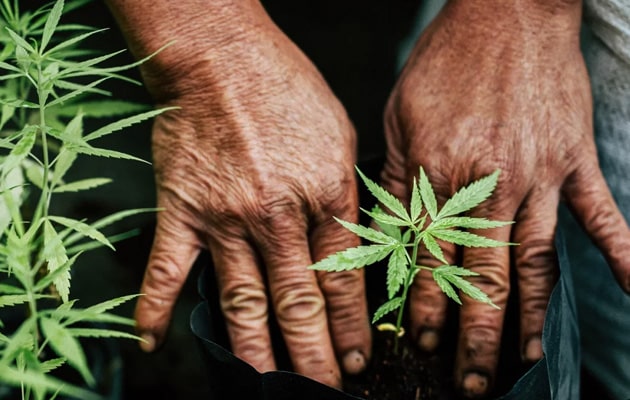We know much about plants, but few of people know that how do plants get nutrients from the environment.
Indeed, everybody knows that the tree is crucial for all living organisms. Plants provided the oxygen we need to breathe.
Plants need a variety of nutrients to help them grow. The plants collect the necessary nutrients from the environment. Plants are the only organisms that make their own food using water, carbon dioxide, and minerals and have these around them as raw materials.
Nutrients provided living plants with the energy they need to build, grow, repair damaged parts of their bodies and carry out life processes.
How Do Plants Get Nutrients?
Plants perform their physiological function in a few steps. Many of us want to know how do plants get their Nutrients.
Plants make their own food through sunlight, water, and minerals. And this process is called photosynthesis.
How do plants get the nutrients they need from the soil? Particularly, for this reason plants are called autotrophs.
Phosphorus
Phosphorus is an essential element for plant growth.
We know how do plants get Nutrients. Phosphorus is found in the cells of every living plant. This component is involved in a variety of activities related to the basics functions of plants, from the conversions of photosynthetic sugars and starches.
To the movement of nutrients is in plants and the genetic traits of one generation to the next. Phosphorus is the energy unit of plants, an important component of ATP.
Nitrogen
Nitrogen is another essential main ingredient for plants. Fertile soils usually contain nitrogen. Plants grow well in areas where nitrogen is present properly.
Nitrogen is a very important element for the growth of any plant. It helps the tree to grow fruits. Nitrogen is a part of the chlorophyll molecule that gives the leaves green color and helps the plant to make food through photosynthesis.
It is also a major component of amino acids that act as a building block of proteins.
Potassium
Potassium can affect the photosynthesis of plants. This mineral can regulate the rate of photosynthesis in ATP production.
Potassium is related to the movement of water nutrients and carbohydrates in plant tissues. Plants need potassium ions for protein synthesis and for opening and closing stomata which are controlled by proton pumps and help the surrounding guard cells to form turgid.
Potassium affects the way plants absorb other nutrients from the soil. [On a side note: to know how to add potassium to plants, read this]
What Plants Need More Than These 3 Nutrients?
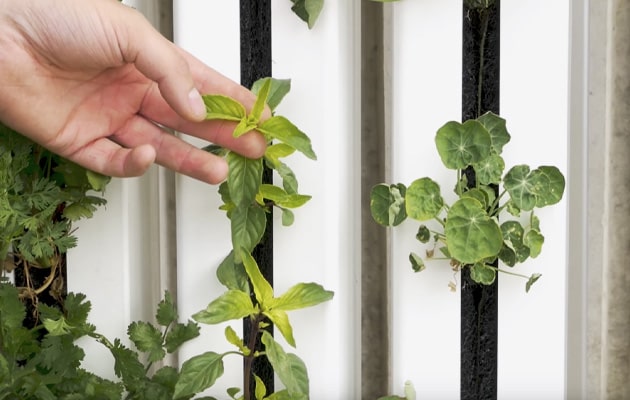
As a nutrient, at least 17 elements are required for the plant. It’s a wonderful thing how do plants get their Nutrients.
However, the highest amounts of nitrogen, phosphorus, potassium, calcium, magnesium, and sulfur are found in the soil.
These are called Macronutrients. But there are many more elements that are needed for a tree.
Carbon (C)
Carbon is used for tree’s growth. We should know how do plants get Nutrients.
Basically, the role of carbon in any plant is to make it healthier and more products abroad. Carbon makes it easier for plants to break down sugars in order to gain energy.
Carbon is produced from the carbon dioxide used during photosynthesis in plants. Plants utilize light energy to convert it into chemical energy, which is trapped between carbon in the atmosphere and carbon dioxide released from water.
Hydrogen (H)
Plants break down carbon dioxide into hydrogen and oxygen.
During the photosynthesis process of plants, hydrogen mixes with carbon and releases oxygen into the atmosphere, and this oxygen is used for the respiration of all living beings.
Hydrogen helps plants grow healthy roots. It is also discouraged unwanted fungal bacteria.
Oxygen (O)
Oxygen is needed for plants because it makes the respiratory process more efficient. Plants received oxygen from the air through the stomata.
Mitochondrial regulation of cells occurs in the presence of oxygen. Plants also use oxygen to break down glucose.
Iodine (I)
Iodine makes plants more resistant to drought and salinity pressures. This is because it increases the amount of pf antioxidant secondary plant compounds in plants.
However, the natural amount of iodine in the soil is low. It may not have much effect because iodine is not essential for plants.
Iodine maintains the biological balance of the plant. Iodine is not considered essential for terrestrial plants, but iodine in some aquatic plants plays an important role in antioxidant metabolism.
Sulfur (S)
Sulfur in plants is considered an important mineral.
Because of, it helps the plant to form important enzymes, and helps in the formation of proteins in plants.
Although it is needed in small amounts in plants, it can solve plant health problems and vitality problems. Sulfur is an essential element in the formation of plant protein, enzymes vitamin, and chlorophyll.
Sulfur increases the immunity of plants, also helps in plant growth and seed formation. Plants take the sulfur in the form of (SO42-) from the soil.
Calcium (Ca)
Calcium basically helps maintain the chemical balance in the soil. It improves soil reduces soil salinity and improves water penetration.
Calcium helps in plant growth and also plays an important role in the accumulation of nutrients in the cell wall.
Calcium is essential for the growth of plants and the plants need to have enough calcium to be healthy and strong. Calcium deficiency can be corrected by applying lime if the soil is deficient in calcium.
Calcium needs to be added to improve the soil’s ability to retain moisture.
Iron (Fe)
Iron performs several functions such as nitrate and sulfate in plants and helps in energy production. Iron is required for the formation of chlorophyll.
The metabolic of iron plants play an important role in photosynthesis. Iron is involved in the synthesis of chlorophyll in plants and is essential for the maintenance of chloroplast structure and function.
Iron deficiency causes colorless problems in plants. However excess iron is harmful to the plant. Excess iron lowers the pH of the soil. Too much iron can have a detrimental effect on the plant and eventually kill the plant.
How Does The Plant Get Nutrients From The Soil by Their Roots?
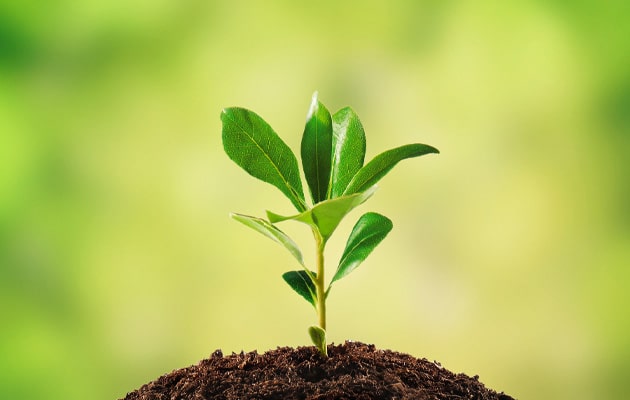
Trees depend on the environment for survival. Plants reproduce to survive in nature. All livings things on earth depend on plants for survival.
How do plants get nutrients from the soil the question is being answered this is because first of all. Every living thing needs oxygen to carry out their respiratory functions, and that comes from plants.
In fact, every living being has to depend on plants for food.
But plants can make their own food in the process of photosynthesis. Plants need water and mineral salts to make food. Plants collect various minerals from the soil. Plants need roots to collect minerals from the soil.
Each plant absorbs nutrients and water through its roots and thus completes the photosynthesis process.
Plants collect nutrients from the soil surface through the stems and send them to different parts of the body. Where do plants get nutrients we can say plant roots absorb water from the soil by osmosis.
On the role of roots in plant growth and respiratory has large management. This is how plants get nutrients in hydroponics through the roots do.
Do Air and Sunlight Provide Nutrients?
Plants need sunlight to carry out photosynthesis. How do air plants get nutrients it is very easy to understand?
Plants need sunlight to grow. Light helps the plant convert carbon dioxide and water into food. As a result, plants can produce sugar and oxygen. Sugar is their food and oxygen helps most of our living.
Due to photosynthesis plants can complete photosynthesis and make their own food, and if light energy is not used during photosynthesis, plants will not be able to make food ad will die. Because of, without light energy plants cannot grow.
Do Fungi Help Plants Get Nutrients?
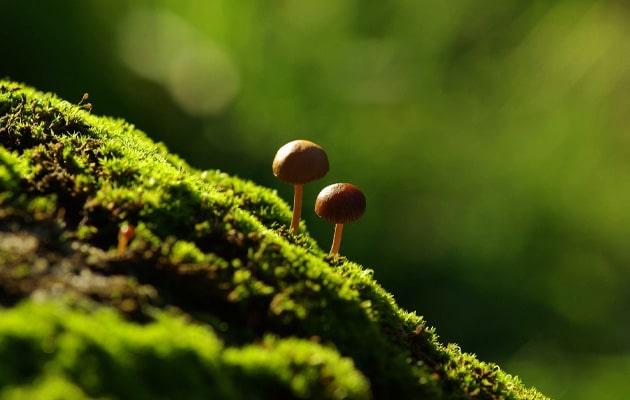
There are some fungi that help plant to grow. How do nonvascular plants get nutrients? It has been observed that the mycelium of the fungus spreads long and fast and the fungus can absorb water and nutrients from a distance.
Fungi form organic compounds from the environment and get their nutrients. Subsequent fungi can bring water and nutrients closer to the tree.
So, the tree can collect nutrients and water from there. Plants and mycorrhizal fungi live in a symbolic relationship, both species are very beneficial.
The fungus colonizes the host system of a hosting plan and also provides increased water and nutrient. Absorption while the plant provides carbohydrates made from photosynthesis.
Conclusion
The importance of plants is in sustaining the ecosystem of the environment. Nutrients are needed to keep plants strong. And so that plants collect all the nutrients from the soil to meet their essential nutrients.
Without nutrients, the plant cannot grow. The plants collect minerals from the soil with the help of its roots, and collets light rays from the sun. And in this way, the plant makes its own food.
Healthy trees are more resistant to environmental stress and pathogens then they can provide a lot of services to our landscapes and to society at large.

How to Add Potassium to Plants
Potassium is a chemical element that is released by the symbol K. Potassium is a nutritious ingredient for plants. As long as the soil is

Are Eggshells Good for Houseplants?
If you want your house to be full of greenery and fresh air, most probably you will go for houseplants all-around your house. When it
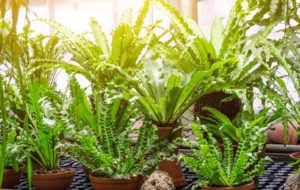
What Do Plants Need to Grow?
We can’t think of a day without the contribution of plants in some way or another. From oxygen to timber, fruits to vegetables, wood to

